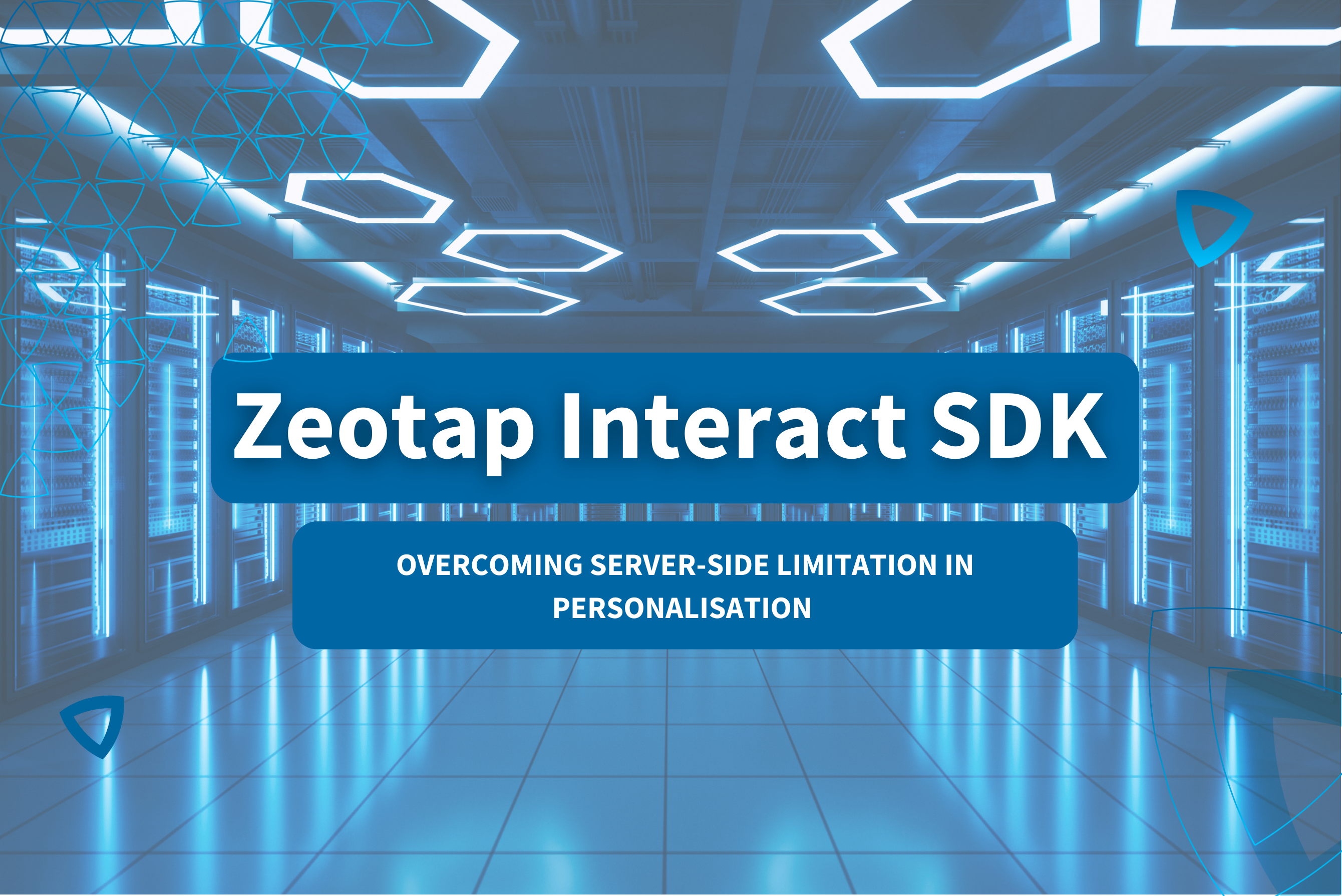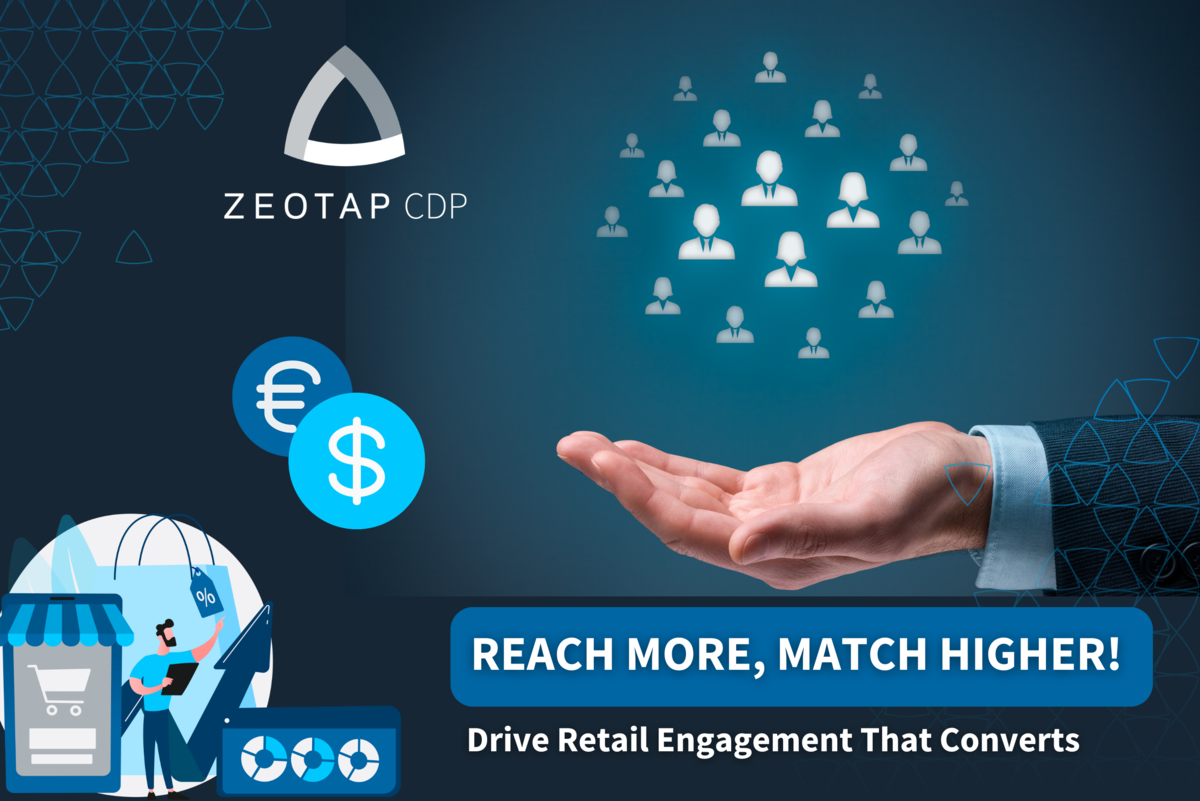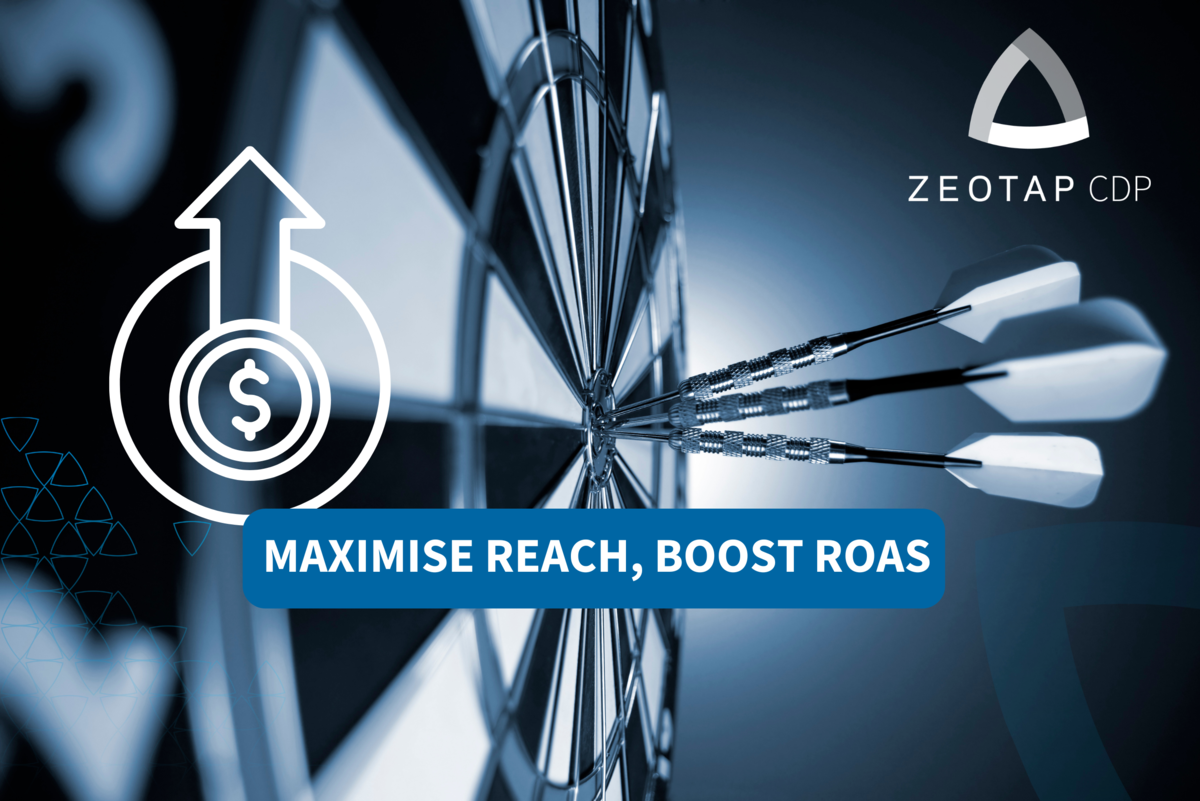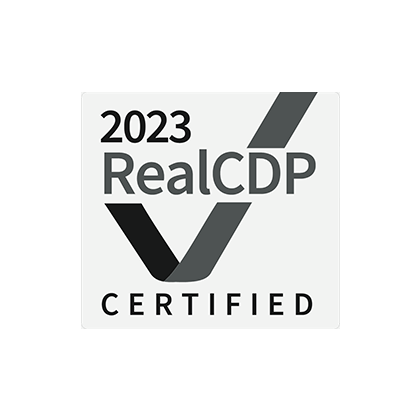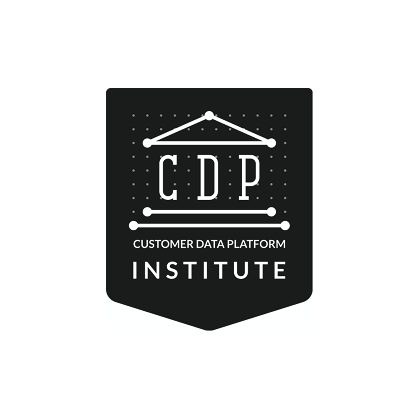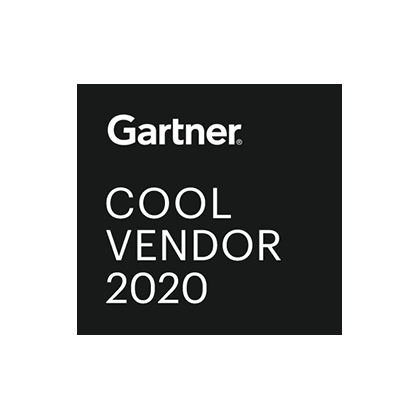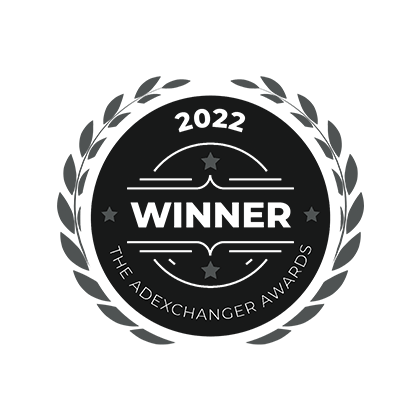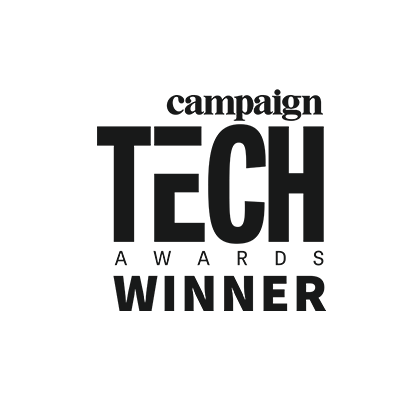Having access to the same data as your competitors can make for tough competition. One way to have an edge over them is through collecting and using first-party, volunteered data.
But surprisingly, even having first-party data may not be enough if it’s incomplete or inaccurate.
Enter: Data enrichment. Data enrichment is a solution that can turn the information you have into an accurate profile of your customers. These accurate profiles will help you to map your customers’ needs more accurately so that you know how best to serve them with relevant content, offers, and other personalised experiences across channels.
What is Data Enrichment?
Data enrichment is a process that involves combining first-party data collected from internal sources (such as subscriber forms) with data collected from other internal sources or third-party external sources.
Often, the term data cleansing is confused with data enrichment. These processes provide separate functions: data cleansing removes inaccurate or outdated entries from datasets, while data enrichment involves enhancing existing first-party data sets using third-party data sources.
Ultimately, data enrichment can be considered improving the quality of datasets through the addition of new data.
Types Of Data Enrichment
Data enrichment comes in many types, but the most common types of data enrichment are as follows:
Socio-demographic data
Demographic data enrichment is the process of enriching an existing dataset with demographic information, such as marital status and income level. The types of demographic data you can collect are vast: for example, the number of children or type of car driven.
When enriching with demographic data it’s important to know what your end purpose is so that you receive a database relevant to it. For example, credit ratings if your business will be offering credit cards, or home values for homeowner insurance rates.
Data enriched with demographic information can significantly improve targeted marketing efforts by enabling personalised messaging.
Geographic data
Geographic data enrichment is the process of adding geographical data to an existing dataset and can provide a wealth of insights: from postal codes to geographic boundaries between cities and towns.
Geographic data can be useful in a number of different scenarios, such as deciding on where to open a new store based, or by targeting the maximum number of customers possible in a particular location.
Purchase intent data
Data enrichment based on purchase interest and intent gives brands a more precise view of a potential customer’s willingness to buy. By obtaining real shopping data and product view frequencies, marketers can deliver granular, performance-focused campaigns that target the right consumers and steer them closer to making a purchase decision.
Data Enrichment based on app usage
App usage data gives businesses insights into which apps a customer interacts with, as well as which operating system they use to access the app and what devices the app is accessed through.
When datasets are enriched with app usage information, businesses can better identify user preferences that can enhance the overall customer experience, identify which apps businesses need to be developing, and assist personalisation efforts.
Examples Of Data Enrichment
Using enriched data to advance customer segments
Segmentation is a vital marketing practice that helps target marketing efforts to specific groups of people. By leveraging segmentation, marketers are able to create targeted messages that will resonate with consumers who might not have been interested before.
Data enrichment allows marketers the opportunity to segment based on third-party data, often including dimensions such as purchase intent or app usage. This better equips marketers to find new customers and create content tailored specifically towards those different groups’ interests.
Expert tip: Is your business taking advantage of audience segmentation powered by machine learning? Learn how to reduce the process of creating and activating machine learned segments into three easy steps using Zeotap’s Predictive Audience feature.
Improving conversion rates with more accurate lead scores
Lead scoring plays a critical role in improving conversion rates while also developing an effective working relationship between sales and marketing teams, but manual lead scoring can be tedious work.
Data enrichment can help automate how businesses assign lead scores by using information from outside sources.
For example, say a lead had interacted with a business previously but had never subscribed to a mailing list. On this occasion, the lead opts to subscribe to the mailing list and enters the business database using the correct first and last name that they had used previously, but neglects to give their address.
On this occasion, a data enrichment tool using socio-demographic data would be able to compare the entered data against accurate postal records and automatically append address data, potentially boosting their lead score.
4 Benefits Of Data Enrichment
Launch more targeted marketing
The key to success in targeted marketing lies with data enrichment and ability to enable smarter segmentation. Granular segments allow for more effective targeting according to wants, needs or pain points whilst being able to target specific demographics like age ranges or income levels.
Improve customer experience
In this day and age, customers expect more from businesses than ever before. They want companies to be able to anticipate their needs and provide them with relevant information that they can’t find anywhere else. Data enrichment is one way of meeting these customer expectations by providing personalised content based on more granular segmentation.
Maximise customer nurturing
Data enrichment gives marketers the ability to identify segments of customers who are potentially most likely to purchase a product. This information can be used as a strategy for customer nurturing, where communication strategies with these customers will focus on value-driven content that could evoke an interest in purchasing the company’s products or services.
Enhance personalisation
With a customer-centric approach, tailored to individual preferences and needs, businesses are better able to capture opportunities. In order for your business’s efforts at understanding customers’ preferences to not go unnoticed, or wasted in marketing campaigns that slant towards the masses instead of individuals, you need more than just data – you also require enriched information from third-party sources.
Continue reading: Learn how to identify and improve customer journey touchpoints in order to deliver a personalised experience for all of your customers.
Data enrichment is a continuous (and privacy sensitive) process
Data enrichment is not a one-and-done type of task. Customer data constantly changes, even if it has already been carefully collected from the start, which is why it requires constant attention and updating to stay up to speed with customer needs. Businesses that overlook continuous data enrichment are ignoring opportunities to drive value through relevant offers and experiences.
But while data needs to be actionable, valuable and easy to understand, maintaining privacy and compliance is a critical aspect of data enrichment that shouldn’t go ignored. Especially in the more stringent privacy environment of Europe, it’s vital the third-party data used to enrich data assets is fully consented and compliant. Many suppliers in the space find this difficult to guarantee.
As the only Customer Data Platform to have native third-party data enrichment software, Zeotap ensures third-party data sources are all backed by unrivalled security and compliance. To learn more about how you can combine your data efforts and maintain the highest standard of privacy under one platform, reach out to the Zeotap team for a demo.
